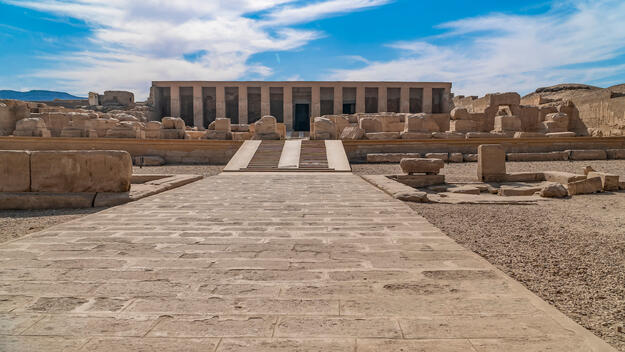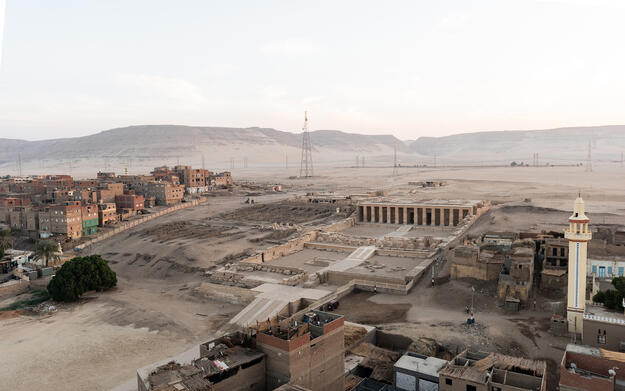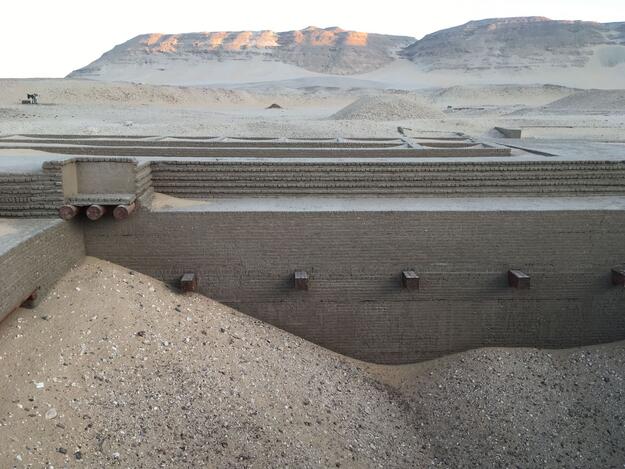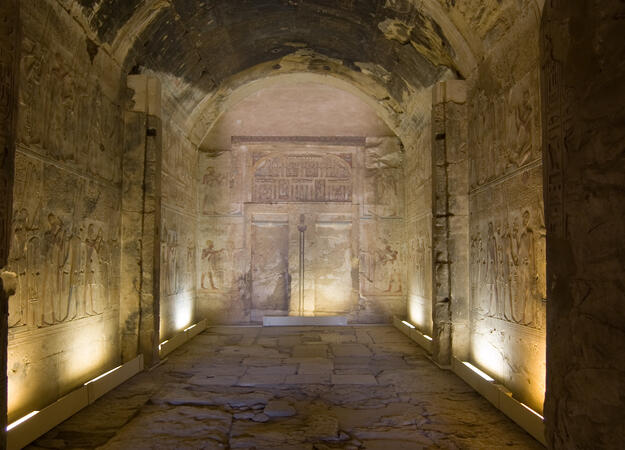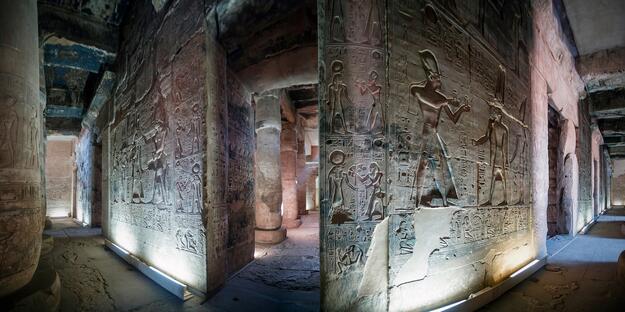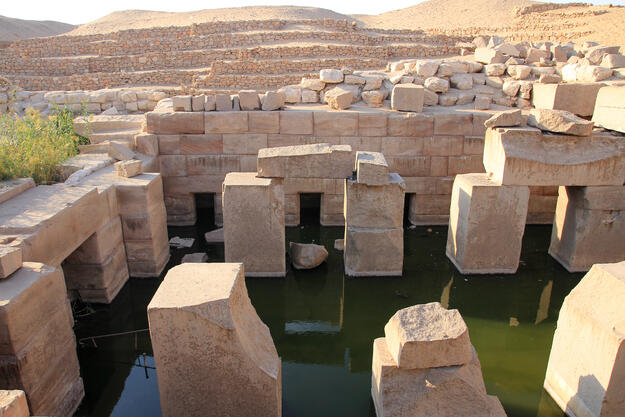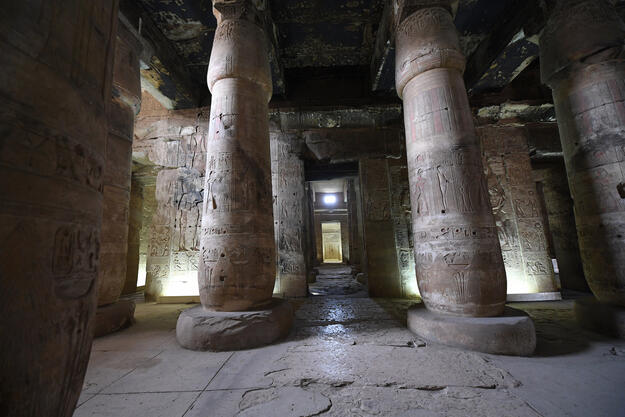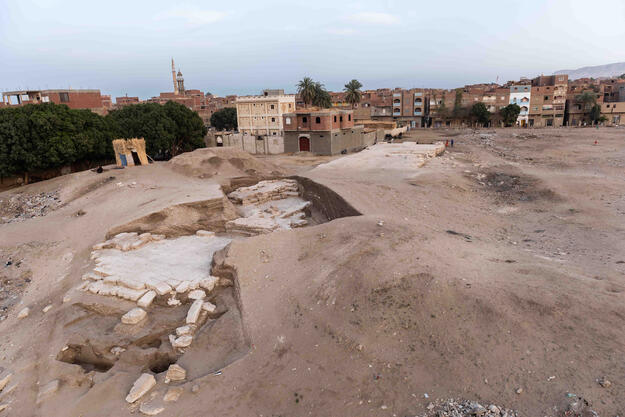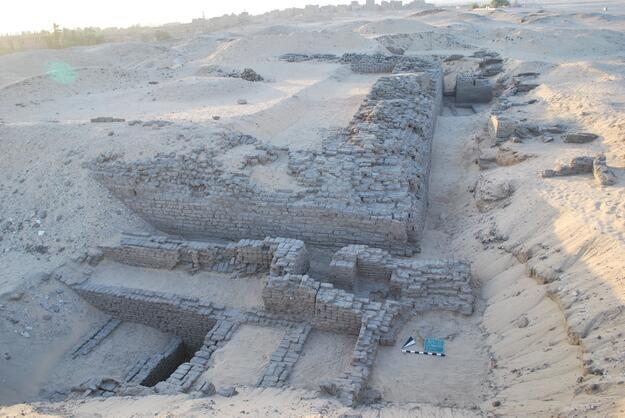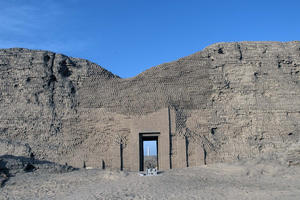Abydos
Site History and Significance
One of the Oldest Sites of Ancient Egypt
Abydos is one of the oldest and most important sites of ancient Egypt, occupied from as early as 3300 BCE. Located on the west bank of the Nile in Upper Egypt, the sacred city overlooks a desert valley once thought to offer passage to the realm of the dead. It was the royal burial ground for Egypt’s first pharaohs and later served as the center of worship for the cult of Osiris, god of the underworld. With its valuable inscriptions and numerous funerary monuments, Abydos has perhaps contributed more than any other site in Egypt to our present understanding of the history of state formation, linguistic development, and architecture in Ancient Egypt.
Addressing a Range of Conservation Challenges
Today, converging factors are putting the site’s future at risk. Abydos is under pressure from urban and agricultural encroachment, generating new conservation challenges that range from illegal dumping to a rising water table. At the same time, inadequate tourism management has left key heritage resources underprotected from visitor impacts, even while Abydos—a lesser-known site than popular travel destinations like Luxor and Giza—remains off many cultural itineraries. In recent years, looting has reemerged as a threat to both ancient architecture and archaeological remains.
Our Involvement
2022 World Monuments Watch
The 2022 World Monuments Watch calls attention to the challenges facing Abydos and the need for people-centered solutions. To prevent further decline, WMF is partnering with the Egyptian Ministry of Tourism and Antiquities (MoTA) and the American Research Center in Egypt to conduct targeted conservation work of key structures like the Seti I Temple, thought by some art historians to be the high point of ancient Egyptian architectural achievement. Documentation produced in the course of this work will support a planned application for a UNESCO World Heritage Site nomination. Trainings for MoTA staff will build local capacity, while engagement with local communities will enhance site protection while creating opportunities for better-managed visitation.
![]()
Learn More
Through the World Monuments Watch, WMF collaborates with local partners to design and implement targeted conservation programs—including advocacy, planning, education, and physical interventions in the historic built environment—to improve human well-being through cultural heritage preservation.
Sign up for our newsletter to receive regular updates on our projects, stories from the field, upcoming events, and more!
![]()
World Monuments Fund's work at Abydos is made possible, in part, by support from the Selz Foundation.

